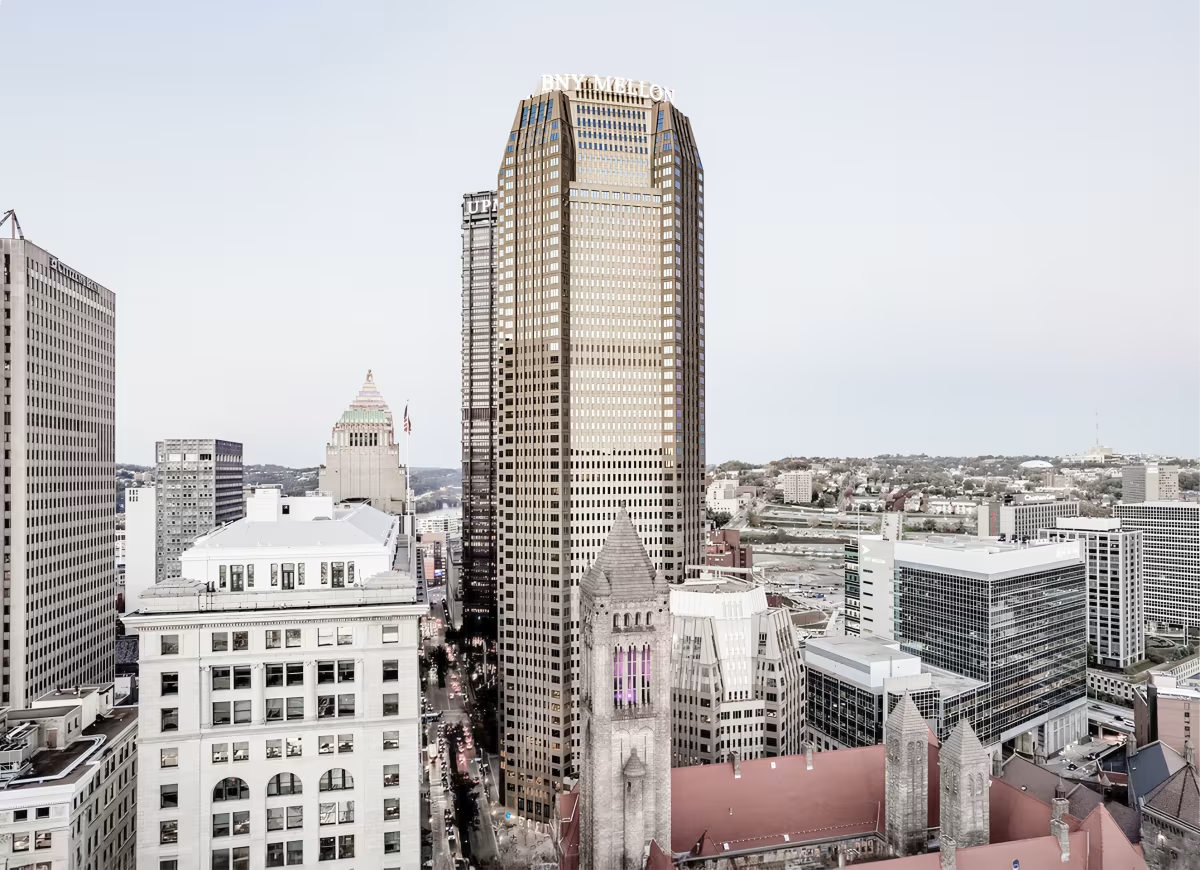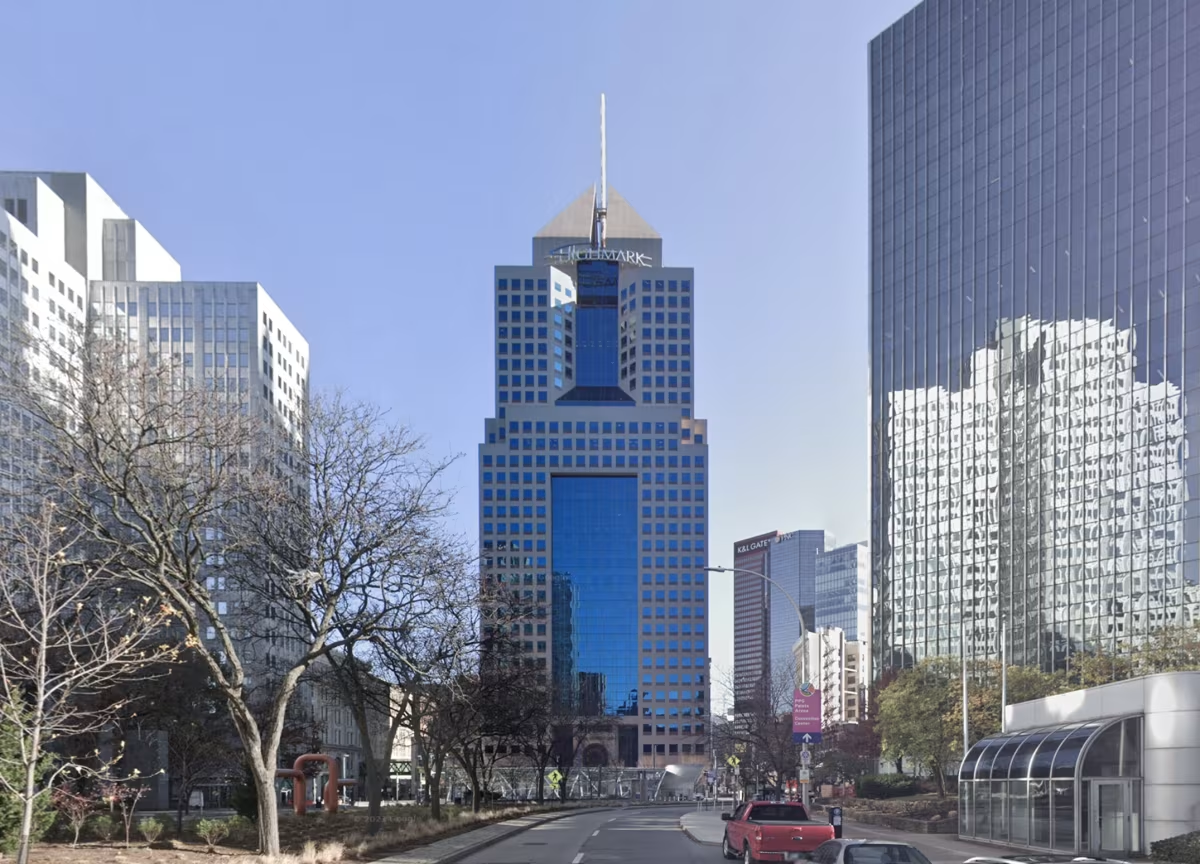BNY Mellon Center Pittsburgh Building vs Fifth Avenue Place


Comparing the BNY Mellon Center Pittsburgh Building and the Fifth Avenue Place is interesting because they both stand in Pittsburgh, PA, and were completed within 4 years of each other, but they were designed by different architects.
This offers a unique glimpse at how rival designers approached projects in the same city during the same era.
Height & Size
The BNY Mellon Center Pittsburgh Building is clearly the larger tower of the two, both in terms of height and number of floors. It rises to 725ft (221m) with 54 floors above ground, while the Fifth Avenue Place reaches 617ft (188m) with 31 floors above ground.
Of course, each project may have faced different briefs or regulatory constraints, which we don't really know about and could also explain the outcome.
Architectural Style
Both the BNY Mellon Center Pittsburgh Building and the Fifth Avenue Place were designed in line with the aesthetic conventions of the Postmodernism style.
At the time, this style was at the height of its popularity. So both Welton Becket and Associates and Stubbins Associates followed what was in many ways expected of them, producing designs that fit comfortably within contemporary architectural norms, rather than breaking with convention.
Uses
Both the BNY Mellon Center Pittsburgh Building and the Fifth Avenue Place are primarily commercial towers, serving similar roles in the urban fabric.
Originally, the Fifth Avenue Place was designed for retail, but over time it was converted to commercial. The BNY Mellon Center Pittsburgh Building by contrast has maintained its original role.
The Fifth Avenue Place also provides 250 parking spaces.
Structure & Facade
Both towers share the same structural solution, a Frame system.
A frame structure uses a grid of columns and beams to carry the building's loads. This frees the walls from structural duties, allowing for flexible floor plans and larger windows.
However, when it comes to the facade, both buildings use different approaches. The BNY Mellon Center Pittsburgh Building uses a Curtain Wall facade, while the Fifth Avenue Place uses a Modular facade.
A Curtain Wall facade like the one seen in the BNY Mellon Center Pittsburgh Building uses a lightweight glass curtain wall hung from the structure, while a modular facade like the one seen in the Fifth Avenue Place employs prefabricated panels, often mixing solid surfaces with smaller windows.
| BNY Mellon Center Pittsburgh Building | Fifth Avenue Place | |
|---|---|---|
| Welton Becket and Associates | Architect | Stubbins Associates |
| 1980 | Construction Started | 1985 |
| 1984 | Year Completed | 1988 |
| Postmodernism | Architectural Style | Postmodernism |
| Commercial | Current Use | Commercial |
| 54 | Floors Above Ground | 31 |
| 221 m | Height (m) | 188 m |
| 157,934 m² | Usable Area (m²) | 69,696 m² |
| Frame | Structure Type | Frame |
| Steel | Vertical Structure Material | Steel |
| Concrete | Horizontal Structure Material | Steel |
| Yes | Facade Structural? | No |
| Glass, Steel | Main Facade Material | Granite, Glass |
| U.S. Steel | Developer | Hillman Associates |
| PA | State | PA |
| Pittsburgh | City | Pittsburgh |
| 500 Grant St | Address | 120 Fifth Avenue Place |